New findings from Cleveland Clinic and Tufts University researchers show high blood levels of TMAO (trimethylamine N-oxide) predicts future risk of developing chronic kidney disease over time.
Tag: GUT
University of Maryland, Baltimore Researchers Call for Regulation of Direct-to-Consumer Microbiome Tests
Burgeoning interest in the microbiome has led to a growing demand for direct-to-consumer (DTC) microbiome testing services.
Untangling the Mystery of Sleep
Sleep is one of the most essential human activities — so essential, in fact, that if we don’t get enough sleep for even one night, we may struggle to think, react, and otherwise make it through the day. Yet, despite its importance for function and survival, scientists still don’t fully understand how sleep works.
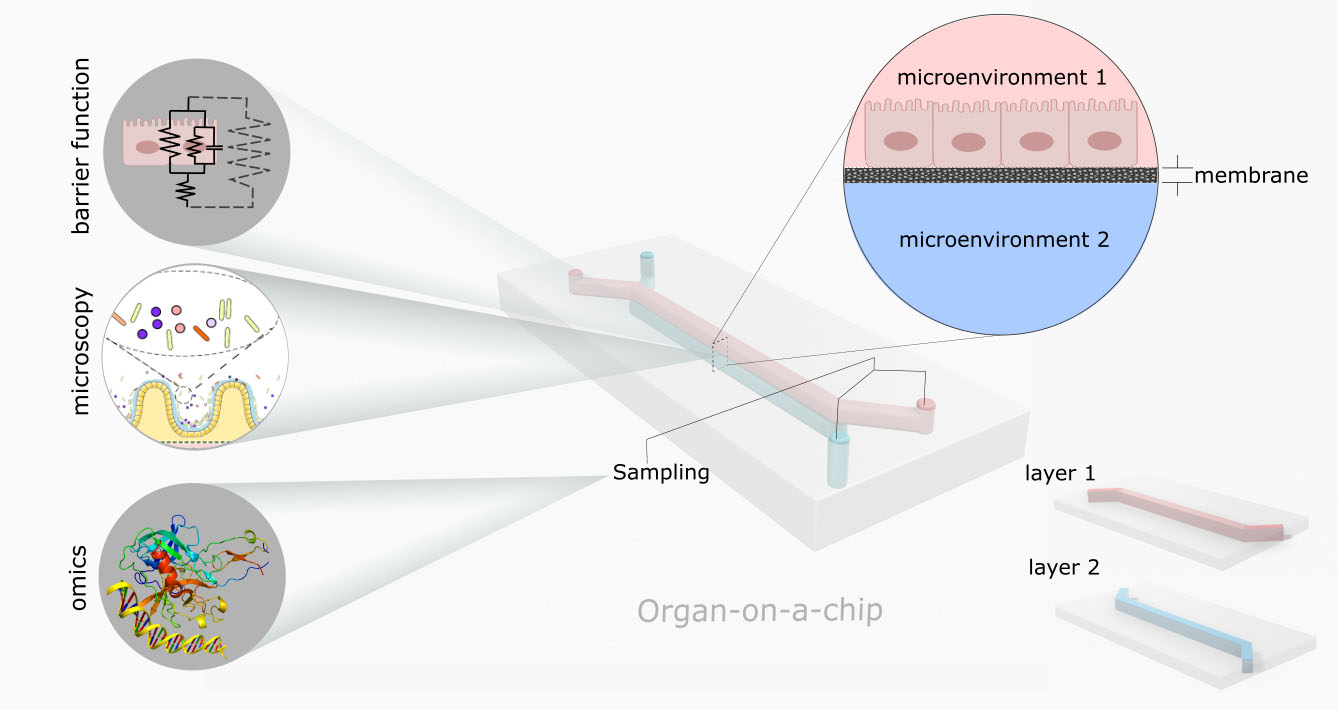
Your Gut’s Microbiome, On a Chip
In APL Bioengineering, researchers describe how gut-on-a-chip devices can bridge lab models and human biology. Modeling the microbiome is particularly difficult because of its unique environmental conditions, but through creative design, gut-on-a-chip devices can simulate many of these properties, such as the gut’s anaerobic atmosphere, fluid flow, and pulses of contraction/relaxation. Growing intestinal cells in this environment means that they more closely resemble human biology compared to standard laboratory cell cultures.
Mount Sinai Study Uncovers Mechanisms of Reactive Oxygen Species in Stem Cell Function and Inflammation Prevention
Mount Sinai researchers have published one of the first studies to demonstrate the importance of reactive oxygen species in maintaining stem cell function and preventing inflammation during wound repair, which could provide greater insights into the prevention and treatment of inflammatory bowel diseases (IBD), according to findings published in the journal Gut on October 3.
Gut-Brain Connection Research Gets Boost of $8.9 Million
Johns Hopkins Medicine is one of three research institutions with scientists awarded $8.9 million to study the growing body of evidence that Parkinson’s disease originates among cells in the gut and travels up the body’s neurons to the brain. The research aims to develop treatments to prevent or halt progression of the disease.
Geographic differences in gut microbiota boost immunity
Gut reaction: Cornell researchers “humanized” mice with microbiota from three global populations and found that microbial differences alone can impact immune responses.
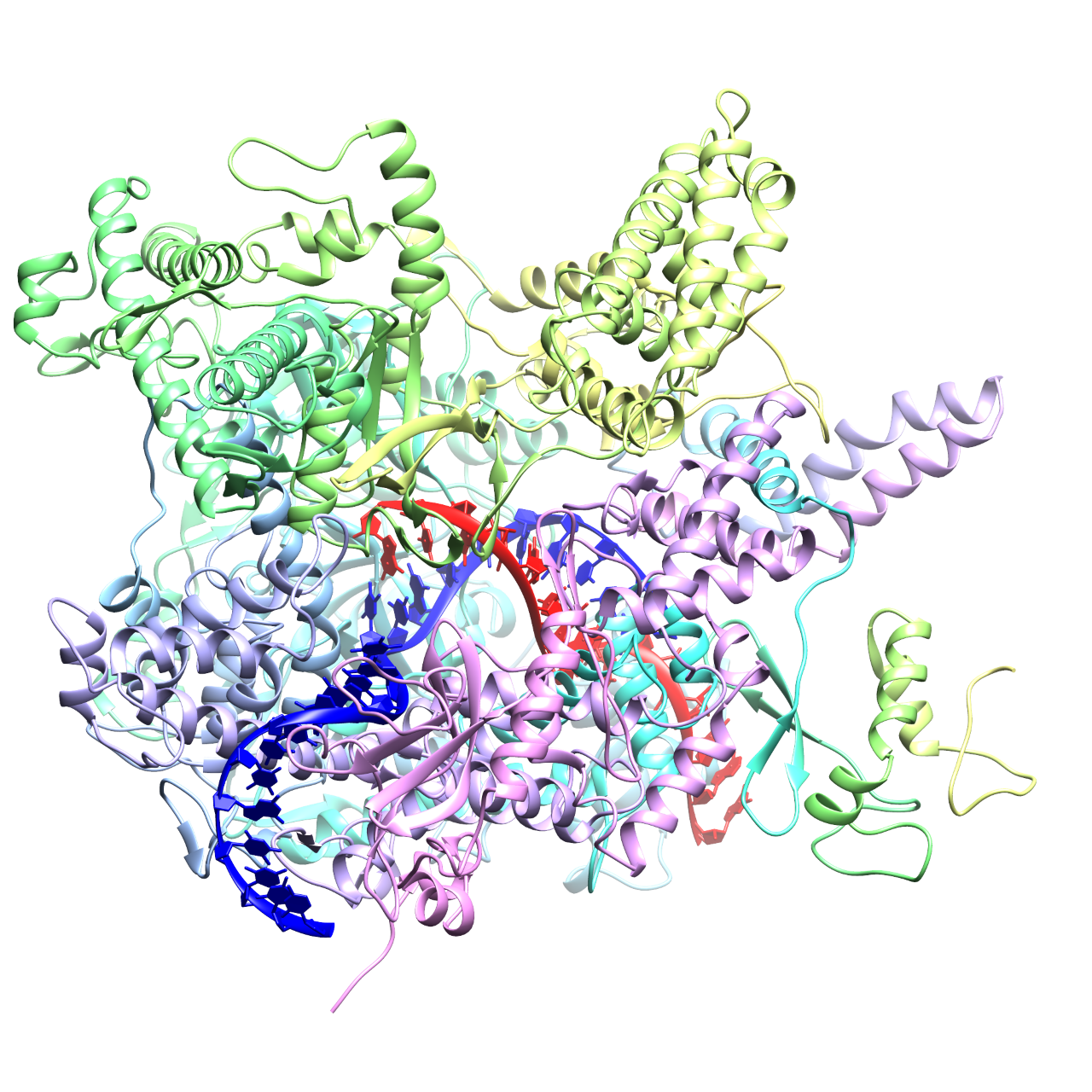
Gut Microbiome Manipulation Could Result from Virus Discovery
Scientists have discovered how a common virus in the human gut infects and takes over bacterial cells – a finding that could be used to control the composition of the gut microbiome, which is important for human health. The Rutgers co-authored research, which could aid efforts to engineer beneficial bacteria that produce medicines and fuels and clean up pollutants, is published in the journal Nature.
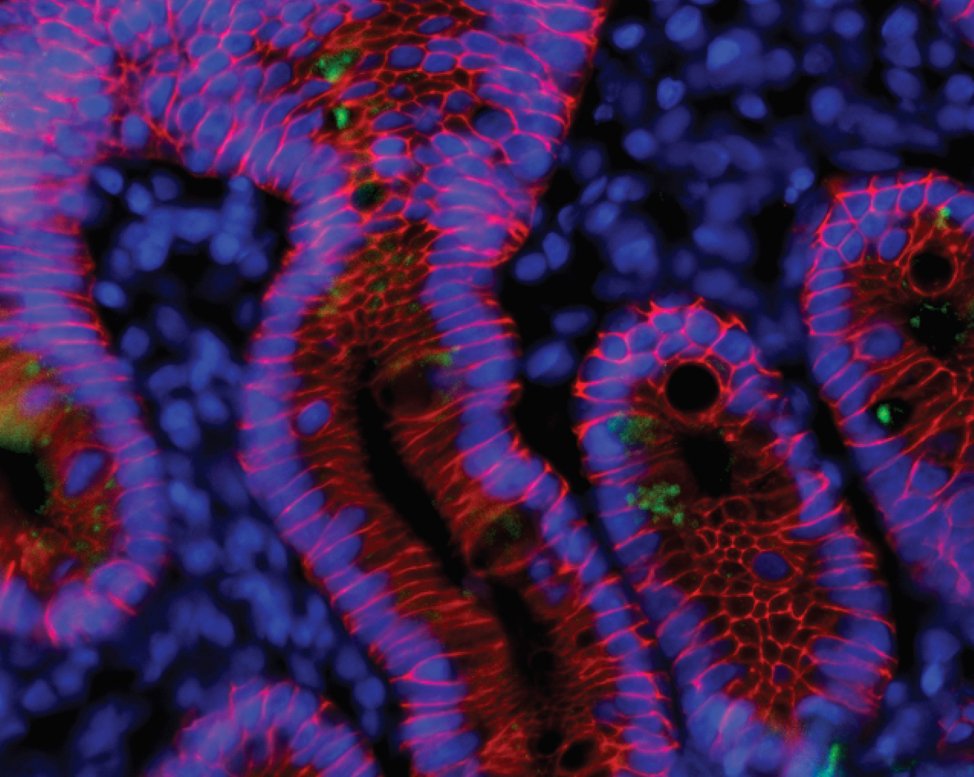
COVID-19 Immunity May Last Six Months or More
People who have recovered from coronavirus can make potent antibodies to SARS-CoV-2 that evolve in the months after infection. These antibodies may be evolving in response to residual viral antigen hidden in the gut.

High-fibre diet, low level inflammation: sidestepping the effects of radiation
Loved or hated, the humble oat could be the new superfood for cancer patients as international research shows a diet rich in fibre could significantly reduce radiation-induced gut inflammation.
Webinar Series on the Gut-Brain Axis and the Microbiome
There is currently much interest in the gastrointestinal microbiota and its modulation as it relates to implications for host health. A notable aspect is the bidirectional communication between the gut microbiota and brain, referred to as the gut-brain-axis. Nutritional interventions have powerful effects on the gut microbiota but another significant and often overlooked factor is the influence of physical activity.
The Gut Shields the Liver from Fructose-Induced Damage
After one consumes food or a beverage containing fructose, the gut helps to shield the liver from damage by breaking down the sugar. However, the consumption of too much fructose can overwhelm the gut, causing fructose to “spill over” into the liver, where it wreaks havoc and causes fatty liver, researchers discovered.
Sleep, Death and … the Gut?
A new study finds in sleep-deprived fruit flies, premature death is always preceded by the accumulation of reactive oxidative species in the gut. Antioxidant compounds that neutralize ROS allow sleep-deprived flies to have normal lifespans.
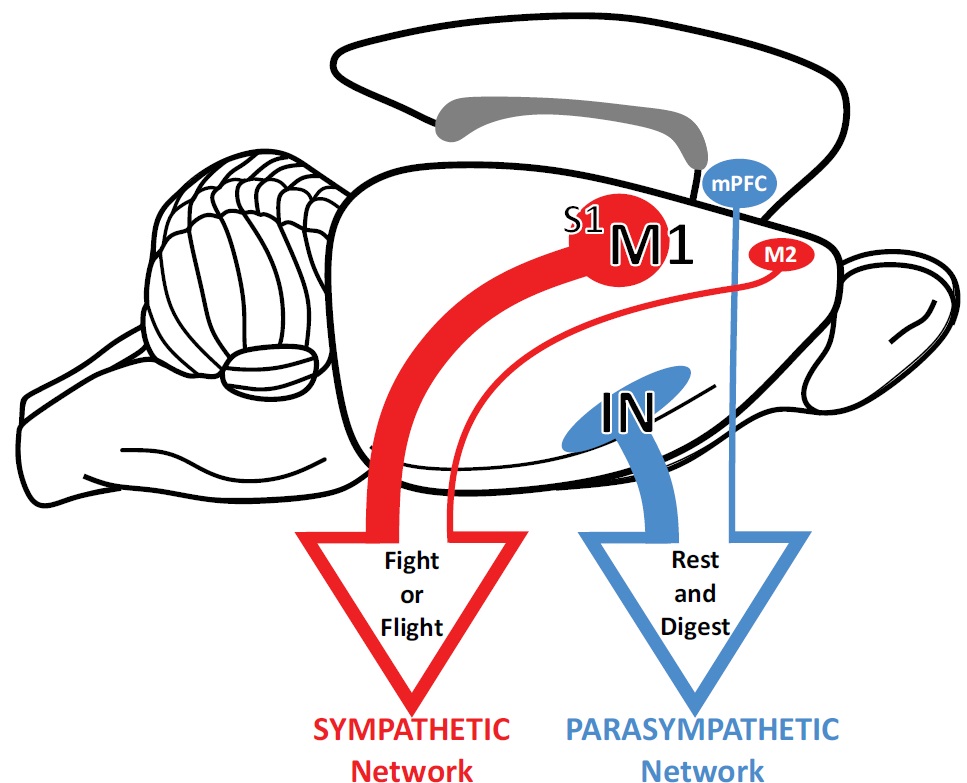
Study Traces Brain-to-Gut Connections
Using rabies virus injected into the stomach of rats, researchers trace the nerves back to the brain and find distinct “fight or flight” and “rest and digest” circuits. These results explain how mental states can affect the gut, and present new ways to treat gastrointestinal problems.

A Gut-to-Brain Circuit Drives Sugar Preference and May Explain Sugar Cravings
The sensation of sweetness starts on the tongue, but sugar molecules also trip sensors in the gut that directly signal the brain. This could explain why artificial sweeteners fail to satisfy the insatiable craving for sugar.
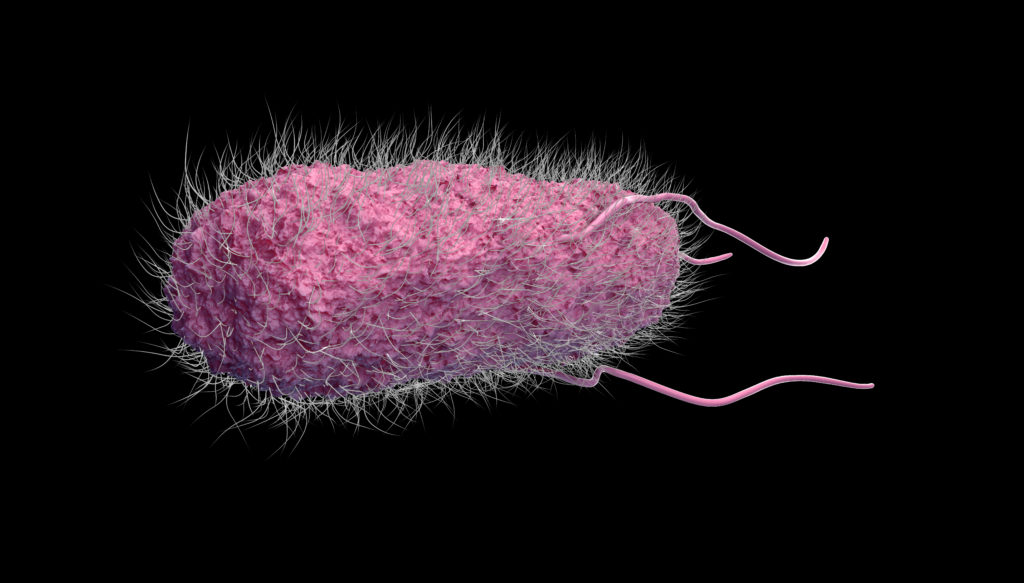
MORE THAN A WATCHDOG
Study in mice shows the nervous system not only detects the presence of Salmonella in the gut but actively stops the organism from infecting the body
Nerves in the gut prevent Salmonella infection by shutting the cellular gates that allow bacteria to invade the intestine and spread beyond it
As a second line of defense, gut neurons help avert Salmonella invasion by maintaining the levels of key protective microbes in the gut
Findings reveal prominent role for nervous system in infection protection and regulation of immunity
The gut may be the ticket to reducing chemo’s side effects
In a new study, scientists observed several simultaneous reactions in mice given a common chemotherapy drug: Their gut bacteria and tissue changed, their blood and brains showed signs of inflammation, and their behaviors suggested they were fatigued and cognitively impaired.